In my household, my onggi are prized possessions. Not only are they super functional, but they’re also beautiful. In fact, they sit on my kitchen counter 24/7 even when I’m not actively fermenting a batch of kimchi or kkakdugi. That’s how much I love them.
Onggi, or Korean “earthenware crocks”, are made from clay and sand. When fired in a kiln, the vessel is left with microscopic pores. These holes allow for breathing, yet the end result is still water tight, making onggi ideal for fermentation. The glaze on the exterior of the onggi is made of wood ash and leaf mold and once applied, the onggi is fired in a kiln again. The science behind the firing sequences and the combination of the natural materials has been crafted and perfected over thousands of years. Though there are many more modernized devices for fermentation available today, my preference is to use the onggi because of the history and its environmentally friendly production. Here is a wonderful video on the creation of onggi.

Onggi are kitchen essentials in Korean households. These crocks are one stop shop devices that have been traditionally used to preserve many foods in the Korean culture, ranging from fermented salty fish, to soybean paste, to of course, kimchi. Traditionally, onggi are kept in clusters outside of the home on a terrace referred to as jangdokdae. During the winter in Korea, the onggi are buried in the ground to prevent the kimchi or other fermenting foods from freezing.
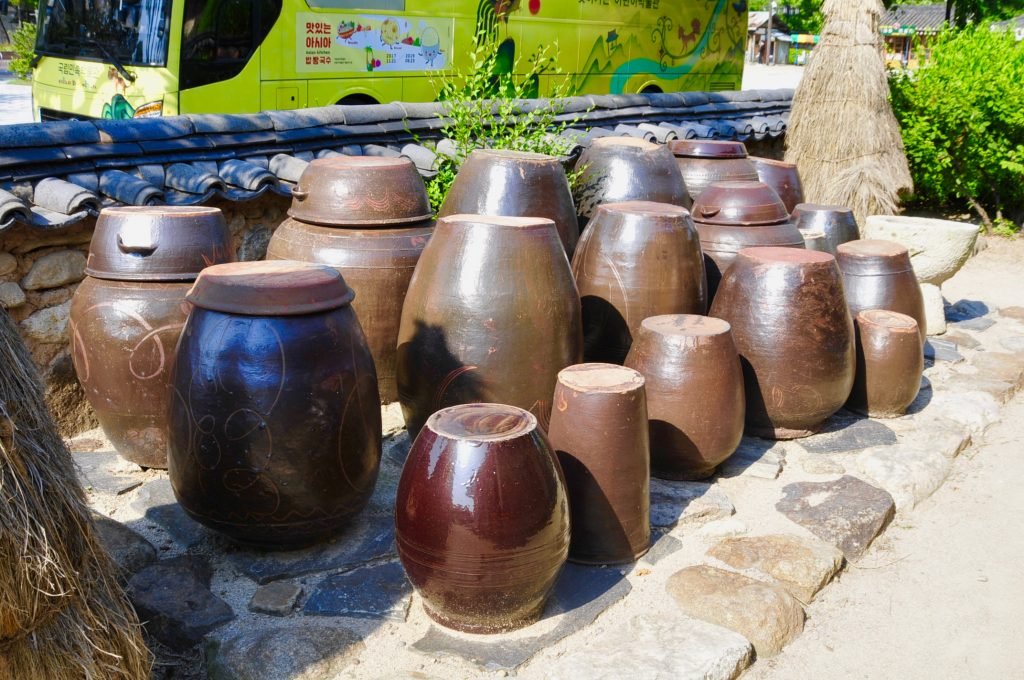
In my humble opinion, onggi are the OG fermentation vessel. Of course I’m shamelessly biased because I’m Korean, but hear me out on this. Korean onggi are like a cast iron skillet— they get better and better with time. Because of the microporous structure of onggi, the beneficial bacteria and enzymes from the previous fermentations are retained in the walls. The next time you use it, your ferment happens faster and the flavors are better. In a lot of ways, fermenting in onggi is like composting. The residual microorganisms jump start the next batch.
You may be wondering now, how do you clean it? The answer is, you sort of clean it. Because of the porous structure, you cannot use soap with onggi. Why? You guessed it— the soap will get trapped in the pores and then leach into your food. To clean an onggi, scrub it with warm water. Some of the kimchi smell will remain, but that’s ok. If you do want to give the onggi a deep clean, soak it in hot water with a dash of vinegar and leave it for 24 hours. Repeat the process if desired.
So let’s talk about the elephant in the room. Is it safe? I know all of you are wondering about this because yes, onggi are not air tight. Understand that fermentation is completely different than canning. That being said, many modern fermentation practices stress the need to fully submerge your food beneath a liquid salt brine and to use only air tight containers. While you do want to make sure you pack your kimchi down tightly when you’re filling your onggi, your kimchi will not be submerged beneath inches of liquid during the first few days of fermentation, and that is perfectly normal. Just pack it down as much as you can and make sure the surface is pretty much covered with kimchi paste, or kimchi juice if your ferment has been going for a few days.
If you are familiar with kimchi preparation or if you read My Homemade Kimchi Recipe, you know that for the first handful of days, kimchi ferments at room temperature. Those of you who are terrified of giving yourself or your loved ones botulism, you can take a breath and relax. Lacto-fermentation produces lactic acid, which creates an inhospitable environment for the bacteria that cause botulism. The beneficial lactobacillus bacteria, coupled with a salty brine, prevent the harmful bacteria from living in your ferment. So get your ferment on and rest assured that you will be fine!
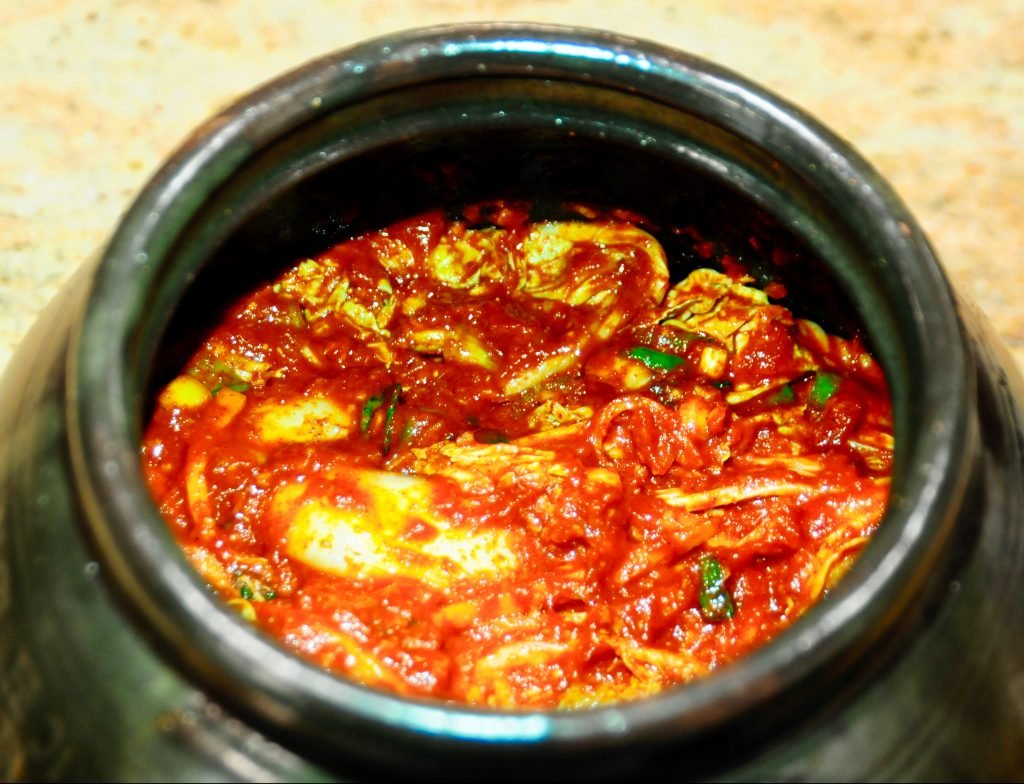
The only thing I have ever run into with fermenting in onggi is a small amount of isolated white mold formation on some kkakdugi, and that is because it was left on the counter a little too long. With that being said, I’ve only had it happen once. This is why in my fermentation recipes, I do not advise people to ferment at room temperature for longer than 5-6 days. After one week, I’ve found that the probability for mold increases, so the kimchi needs to be moved into the fridge for storage and/or to continue fermenting. Even when this happened, I removed the moldy portion, transferred the kkakdugi into a jar, and moved it into the fridge. I continued to eat it for weeks with no problems. I know it is scary to let food sit on the counter in 70-75 degree temperatures, especially when seafood is part of the ingredient list, but trust me, people have been doing this for thousands of years, way before refrigerators!
In fact, fermenting in onggi has actually been proven to produce more desirable results than other more modern vessels for fermentation. The lactobacillus populations have been measured in some studies to be higher than those fermented via other mediums. If you feel like nerding out, here is the link to the abstract. You can request the full article if desired. This doesn’t at all mean that other vessels don’t ferment well, but it does go to show that thousands of years of practice have paid off for the Koreans and that there is some merit to the design and functionality of traditional onggi. If I haven’t convinced you to pick up an onggi, or if onggi are just nowhere to be found in town or online, using a glass mason jar will still get you fantastic results.
For me, fermenting my own kimchi in onggi makes me feel one with my heritage. I truly believe there is value in continuing the practices of my ancestors, and I can taste the difference in the kimchi I make. I hope you consider picking up an onggi and trying your hand at traditional Korean fermentation.
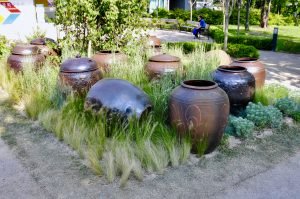
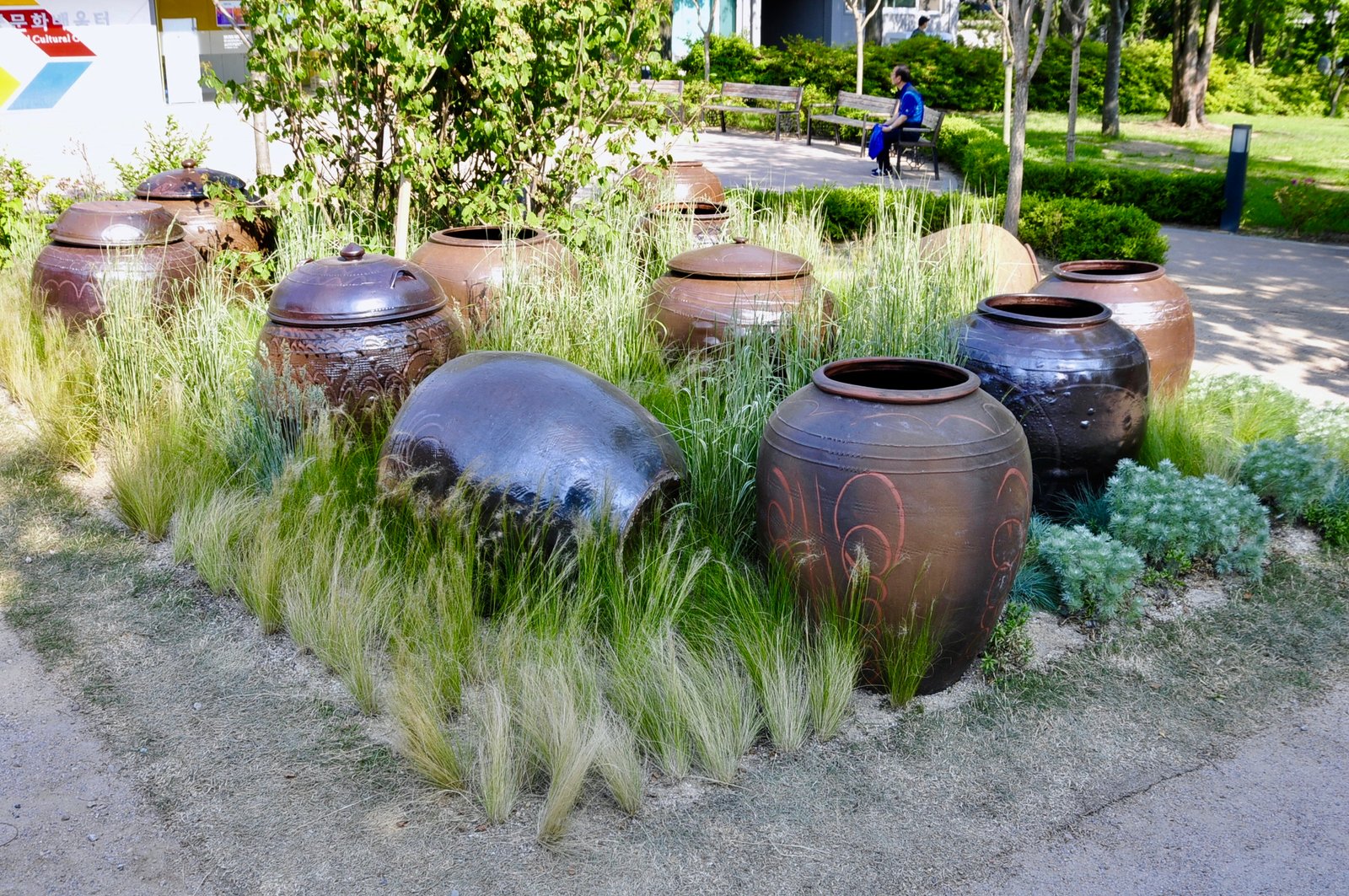
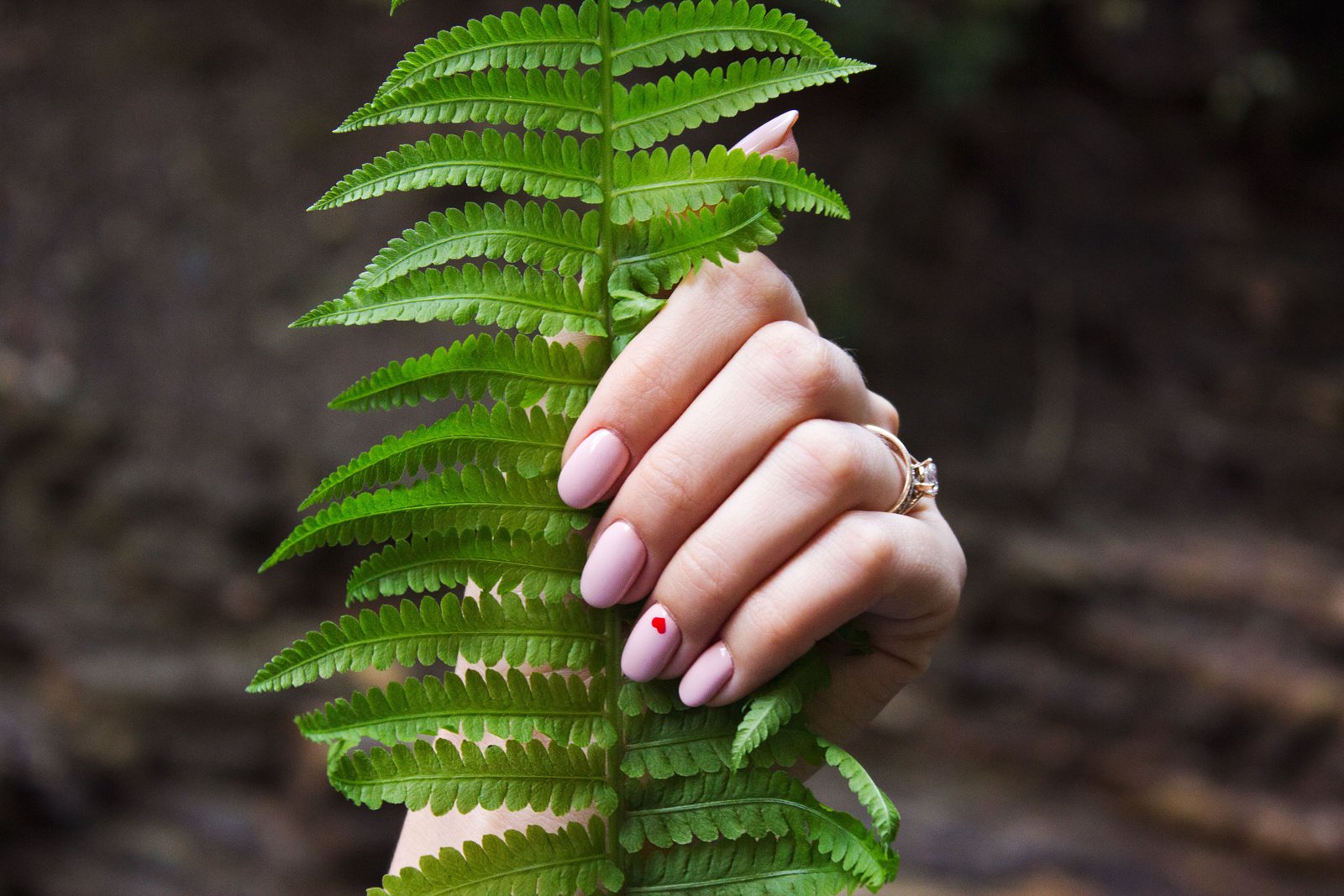 How I Developed a Nail Polish Allergy After 15+ Years of Manicures
How I Developed a Nail Polish Allergy After 15+ Years of Manicures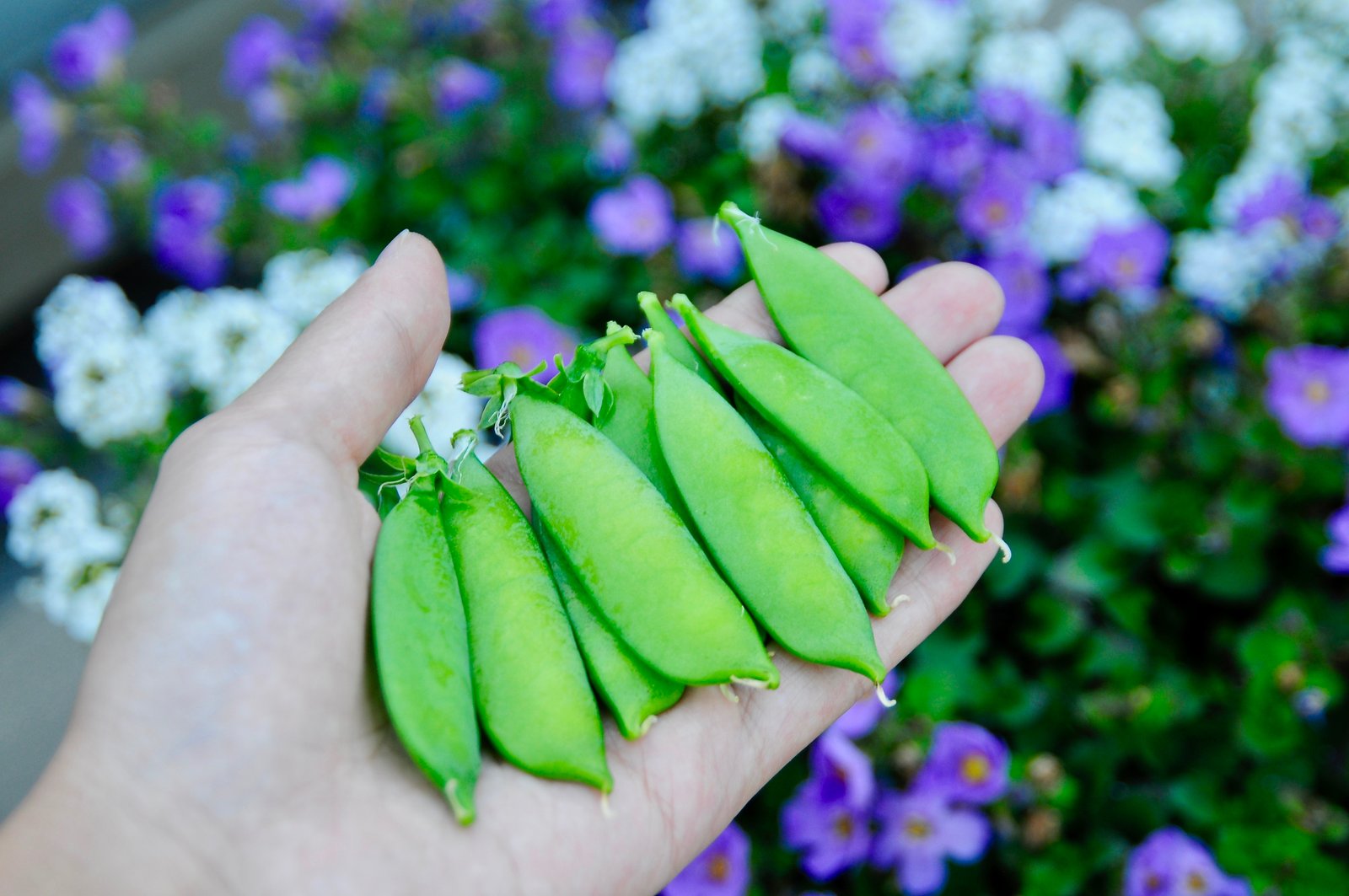
Hi Amber
I’ve been making kimchi for several years now but until recently had never used onggi. I was gifted a small onggi and have just used it. OH MY! The best batch of kimchi I have ever made, YUM. Looking forward to subsequent batches as my onggi matures.
Thank you for your blog to help me know my onggi better! X
Hi! I’m so so glad to hear that you have been fermenting kimchi in onggi! I think the flavor is much better– I can’t imagine making kimchi without mine. You are so so welcome! Thank you for stopping by 🙂
Amber
Hi Amber,
Thanks for this post. Fortunately I live 1 block fr HMart, so ingredients are np. If I use a mosquito face net under the onggi lid, will this protect it fr ants, etc.? I plan on fermenting it in the storage closet on my porch bc I don’t want the whole apartment to smell. I’m a Korean adoptee, and agree w you that this is an important part of our heritage. Gotta do it right, right?! Take care
Hi! Wow 1 block from H Mart…that would be so dangerous for me! haha you’re lucky! So excited to hear you’re fermenting in onggi! I think the mosquito netting is a great idea. I think the most important thing to ensure is that it’s securely closed off so those ants can’t sneak in. Maybe use a large rubber band so it’s tight? Also, consider surrounding the onggi with something sticky like those yellow sticky traps. If the onggi is surrounded, then there’s no way for the ants to reach it and climb into it. I had to do this with my worm bin and my compost tumbler because the ants got into it a lot. It works! Good luck and please let me know how it goes! 🙂
Amber
Good idea! I just found an 11″x15″ pet food tray ant barrier on Amazon. A good non-toxic option for food. Thank you, cheers!
Hi Amber,
I would like to know where to get kimchi onggi ?
Hi Celine!
You can get onggi at some Asian grocery stores like H Mart, for example. I got mine from a restaurant supply store in Koreatown in Los Angeles. There are also a couple available on Amazon. I hope this helps!
Amber
Hi Amber !
I’m also looking for an onggi. Do you remember the name of the store where I can find one in Koreatown L.A ?
Best regards from Tahiti !
Hi Maui! I believe it was Kitchen Plus in Koreatown. It’s a wholesale Korean kitchen supply store. I’m so sorry for the late reply! I had issues with my website domain and am up and running again! I hope you’re able to visit LA or Korea soon to purchase an onggi!
Hello! I would like to start making my own kimchi using an onggi but I’m unsure of what size I should get. How large are your onggi?
Hi Katie-
Yay! I’m excited for you! Honestly any size will work. it really just depends on how much kimchi you want to make at a time. Or how much kimchi you can eat 🙂 I actually have two different sizes. I’m not sure what the volume is, but the smaller one is about 8 or 9 inches tall. I’m not sure if that helps at all. I really don’t think you can go wrong! In my opinion, I wouldn’t worry about it being too big because it won’t cause any harm. But getting one too small may cause issues if you have too much kimchi! Good luck and I hope that helps!
Amber
Hello, is there a company that you can recommend that have tested for lead and contaminants in the clay vessel? I can buy these easily where I live from the local Korean stores, but there’s no info on if there are any heavy metals being tested on the containers, so I’m hesitant to buy. If you have a reputable company to suggest that does something similar to certified 3rd party testing for toxins in the containers, please share the info! I love kimchi and would love to make it the traditional way, but this small but important concern always stops me from doing it. Thanks!
Hi! That is an excellent question. Unfortunately I don’t know of a company/manufacturer that tests for that type of thing. It’s definitely something to be aware of and look into though so I appreciate you bringing it up! If I find anything I’ll be sure to update the post with more information!
Hi Amber. I’m Indonesian, and we also have this kinda of earthenware we called as “kendil”. Just 3 days ago I tried making kimchi and store it in kendil. This the 3rd day fermentation and I was worry that I might ruin the kimchi (it’s not tho) so I moved it in plastic container and keep it in fridge. So my question is: is it safe to keep kimchi in onggi for weeks in room temperature without getting is sourer? If it is, i will be experimenting with kendil.
Hi! That’s so interesting that in Indonesia earthenware is used for fermentation as well! The longer the kimchi is left at room temperature, the faster it will ferment. It depends on your personal taste, but for me I will always move it into the refrigerator after 5-7 days. When I have left the kimchi at room temperature for longer than that, I have gotten some white mold on the top. I just scooped it out and disposed of it, so I imagine you would get more if it fermented longer at room temperature and the kimchi won’t last as long. I hope that helps! Good luck and I’d love to hear how the kendil goes!
Hi Lely! I’m curious, is that work with kendil? I’m usually fermenting kimchi on a glass jar.
I recently bought a beautiful onggi pot from Adam Field Pottery (Helena, MT), who makes them in the old style. The pot is rather large – does it matter how full the pot is when making Kimchi, should it be filled to the top? Thanks for your info!
Hi! Congrats on purchasing an onggi! You’ll have so much fun making kimchi with it and the flavor will be amazing! In my experience it doesn’t matter how full you make it. Just make sure that you pack the kimchi down when you initially fill it. Best of luck!
Amber
Hi Amber! Can i put the napa cabbage with paste on the refrigerator first, then fermented it few days later in the room temperature?
I mean it usually fermented in the room temperature first, after that we put it on refrigerator.
I was gifted an onggi from when my dad was stationed in South Korea 35 years ago. I live in Hawaii and we have fruit flies and other gnatty flies, since the pot doesn’t have a water seal like other fermentation pots I have used, is this a problem? Can flies get it to the pot? have you ever had this problem?
Dear Kimchigardens, I searched why line a Onggi with plastic bag and I fell on your link! Amazing tips! Thank you. I have three different sizes of Onggi made by Adam Field. They are amazing and safe, lead free.
I use it for pepper fermentation, kimchi – cabbage and perilla leaves!
Could you please explain why people line the Onggi with a plastic bag? Best regards.
I’m recently purchased an ongii from Kitchen Plus in ktown and after a day of it sitting on the counter with a fresh batch of hot peppers fermenting I noticed it seemed to be leaking from the bottom. I dried it carefully and put it in a plate and let it sit overnight and again in the morning there was a puddle underneath it.
I took it back to Kitchen Plus and the lady there suggested it needed to be seasoned by letting rice water sit in it overnight, then draining it and letting the film from the rice water dry out before adding liquids.
However, I can’t find much online about this process, although I have read a few bits here and there. I’m wondering if you had to go through this process with your ongii and if so, what method you used to season it?